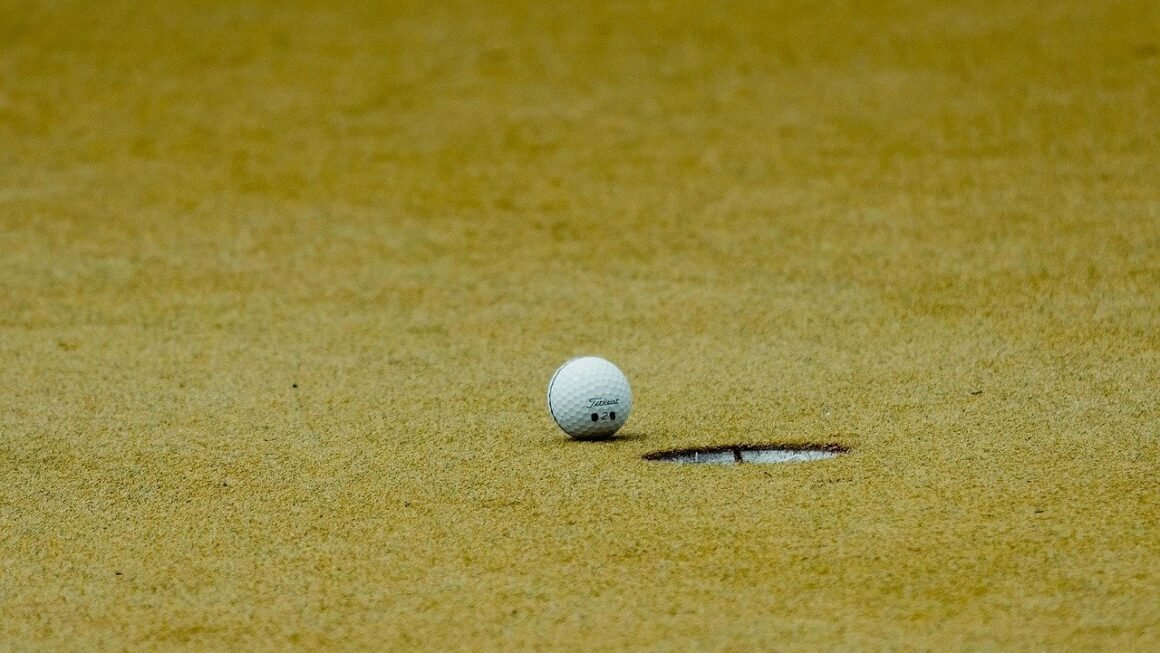Judo, often translated as the “gentle way,” is more than just a martial art; it’s a philosophy, a sport, and a path to personal development. Rooted in the principles of leverage, balance, and respect, Judo offers a unique blend of physical and mental training that appeals to individuals of all ages and abilities. This blog post will explore the multifaceted world of Judo, from its historical origins to its modern-day applications.
The Origins and Evolution of Judo
From Jujutsu to Judo: A Historical Perspective
Judo was founded by Professor Jigoro Kano in 1882. Kano, seeking a more scientific and safer approach to combat, adapted techniques from various schools of Jujutsu. He eliminated dangerous strikes and focused on throws, grappling, holds, and submissions, emphasizing control and minimal force. This innovative approach led to the creation of Kodokan Judo, which quickly gained popularity.
- Key Figures: Jigoro Kano (Founder of Judo), prominent Jujutsu instructors.
- Key Locations: Kodokan Judo Institute (Tokyo, Japan).
- Historical Impact: Judo’s emphasis on safety and sport made it accessible and popular, leading to its global spread.
The Spread of Judo Worldwide
Judo’s influence extended far beyond Japan, becoming an Olympic sport in 1964. This recognition significantly boosted its global popularity. Today, Judo is practiced in nearly every country in the world, with millions of practitioners embracing its principles and techniques.
- Global Reach: Judo is practiced in over 200 countries.
- Olympic Sport: Officially recognized since the 1964 Tokyo Olympics.
- Continuous Evolution: Judo continues to evolve with new techniques and strategies being developed.
Understanding Judo Techniques and Principles
Core Throwing Techniques (Nage-waza)
Throwing techniques, or nage-waza, are a cornerstone of Judo. These techniques involve using your opponent’s momentum and balance against them to execute a throw. Examples include:
- O-goshi (Major Hip Throw): A fundamental hip throw where you lift and throw your opponent over your hip.
Practical Example: Beginners often start with O-goshi to learn the basics of Kuzushi (breaking balance) and Tsukuri (fitting in).
- Ippon Seoi Nage (One-Arm Shoulder Throw): A powerful throw where you drop under your opponent’s arm and throw them over your shoulder.
Practical Example: Ippon Seoi Nage can be highly effective in competition, but requires precise timing and technique.
- Uchi Mata (Inner Thigh Throw): A complex throw that involves reaping the opponent’s inner thigh.
Practical Example: Uchi Mata requires a good understanding of footwork and timing.
Grappling and Groundwork (Ne-waza)
While Judo is primarily known for its throws, groundwork, or ne-waza, is equally important. This aspect of Judo focuses on grappling techniques on the ground, including:
- Osaekomi-waza (Holding Techniques): Controlling your opponent on their back for a designated period.
Practical Example: Kesa-gatame is a common holding technique used to secure an advantage in a match.
- Shime-waza (Choking Techniques): Submitting your opponent by restricting blood flow to the brain.
Practical Example: Hadaka-jime (rear naked choke) is a highly effective choke that is taught at advanced levels.
- Kansetsu-waza (Joint Locks): Applying pressure to joints to force a submission.
Practical Example: Ude-garami is a common arm lock that can be applied from various positions.
The Principles of Judo
Judo’s effectiveness lies not only in its techniques but also in its core principles:
- Seiryoku Zenyo (Maximum Efficiency, Minimum Effort): Using your strength and energy in the most efficient way possible.
Practical Example: Applying leverage in a throw allows a smaller person to throw a larger opponent.
- Jita Kyoei (Mutual Welfare and Benefit): Promoting the well-being of yourself and your training partners.
Practical Example: Training with respect and consideration for your partner’s safety and development.
- Kuzushi (Breaking Balance): Disrupting your opponent’s balance to create an opening for a throw or attack.
Practical Example: Using foot sweeps and hand techniques to unbalance your opponent before attempting a throw.
The Benefits of Practicing Judo
Physical Benefits
Judo provides a full-body workout that improves strength, endurance, flexibility, and coordination.
- Improved Cardiovascular Health: Regular Judo training elevates heart rate and improves cardiovascular function.
- Increased Strength and Power: Judo techniques require significant strength and power, leading to muscle development.
- Enhanced Flexibility and Agility: The dynamic movements in Judo increase flexibility and improve agility.
- Better Coordination and Balance: Judo requires precise movements and balance, enhancing overall coordination.
Mental and Emotional Benefits
Beyond the physical aspects, Judo cultivates mental resilience, discipline, and self-confidence.
- Increased Self-Discipline: Judo training requires dedication and discipline, which can translate to other areas of life.
- Improved Focus and Concentration: Learning and executing Judo techniques require focus and concentration.
- Enhanced Self-Confidence: Mastering Judo techniques and progressing through the ranks boosts self-esteem.
- Stress Relief: The physical exertion and mental focus of Judo can help reduce stress and anxiety.
Social Benefits
Judo fosters a sense of community and belonging, creating opportunities for building friendships and developing leadership skills.
- Community and Camaraderie: Judo dojos provide a supportive and inclusive environment.
- Respect and Etiquette: Judo emphasizes respect for instructors, training partners, and the art itself.
- Leadership Skills: Senior Judo practitioners often take on leadership roles in the dojo.
- Cultural Exchange: Judo brings together people from diverse backgrounds, fostering cultural exchange and understanding.
Getting Started with Judo
Finding a Reputable Judo Dojo
Choosing the right dojo is crucial for a positive and safe training experience. Look for a dojo with certified instructors, a safe training environment, and a welcoming atmosphere.
- Instructor Credentials: Ensure the instructors are certified by a recognized Judo organization.
- Safety Measures: Check for adequate matting, proper equipment, and a focus on safety.
- Training Philosophy: Look for a dojo that aligns with your goals, whether they are recreational, competitive, or self-defense oriented.
- Trial Classes: Take advantage of trial classes to experience the dojo’s atmosphere and teaching style.
Essential Equipment and Gear
The basic equipment for Judo includes a Judogi (Judo uniform) and a belt.
- Judogi: Choose a durable and well-fitting Judogi that meets Judo regulations.
- Belt: The belt color indicates your rank and level of experience in Judo.
- Optional Gear: Mouthguards, groin protectors, and headgear may be worn for additional protection.
Basic Etiquette and Terminology
Understanding Judo etiquette and terminology is essential for a respectful and productive training experience.
- Bowing: Bowing is a sign of respect for the dojo, instructors, and training partners.
- Sensei: The term for a Judo instructor.
- Tatami: The mat on which Judo is practiced.
- Randori: Free practice or sparring.
- Ukemi: Breakfalls, which are essential for safety.
Judo in Competition
Judo Tournament Rules and Regulations
Judo competitions are governed by specific rules and regulations to ensure fair play and safety. These rules cover scoring, penalties, and prohibited techniques.
- Scoring System:
Ippon: A full point, awarded for a decisive throw, hold-down, submission, or pin.
Waza-ari: A half-point, awarded for a near-Ippon throw or hold-down. Two Waza-ari equal an Ippon.
Yuko: A lesser score, awarded for a throw or hold-down that is less decisive than a Waza-ari (This score is no longer used in IJF competitions).
- Penalties:
Shido: A minor penalty, typically given for passivity, stalling, or minor rule violations.
Hansoku-make: A major penalty, resulting in disqualification, given for dangerous actions or repeated Shido.
- Prohibited Techniques: Certain techniques, such as leg grabs (in some rule sets), are prohibited for safety reasons.
Preparing for Judo Competitions
Competing in Judo requires dedicated training, strategic planning, and mental preparation.
- Physical Conditioning: Focus on strength, endurance, and agility training.
- Technical Proficiency: Master fundamental techniques and develop a diverse repertoire.
- Strategic Planning: Develop a game plan based on your strengths and your opponent’s weaknesses.
- Mental Preparation: Practice visualization, positive self-talk, and stress management techniques.
- Nutrition and Recovery: Maintain a healthy diet and prioritize recovery to optimize performance.
Conclusion
Judo offers a comprehensive path to physical, mental, and social well-being. From its historical roots in Jujutsu to its modern-day practice as an Olympic sport and a tool for personal growth, Judo continues to inspire and empower individuals around the world. Whether you’re seeking a challenging workout, a discipline to improve your focus, or a community to belong to, Judo provides a unique and rewarding journey. So, step onto the tatami, embrace the principles of the “gentle way,” and discover the transformative power of Judo.



